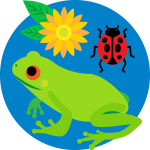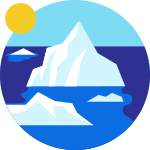turning off the lights when you're not around
riding bikes instead of driving
both of these
Correct!
Any time you use electricity or gasoline, you're burning fossil fuels—which scientists believe is a leading cause of global warming. Can you think of three other ways to help reduce energy use and protect the Arctic?




 Biodiversity
Biodiversity
 Brain
Brain
 Genetics
Genetics
 Marine BiOLogy
Marine BiOLogy
 MicrobiOLogy
MicrobiOLogy
 PaleontOLogy
PaleontOLogy
 ZoOLogy
ZoOLogy
 AnthropOLogy
AnthropOLogy
 ArchaeOLogy
ArchaeOLogy
 Astronomy
Astronomy
 Climate Change
Climate Change
 Earth
Earth
 Physics
Physics
 Water
Water
